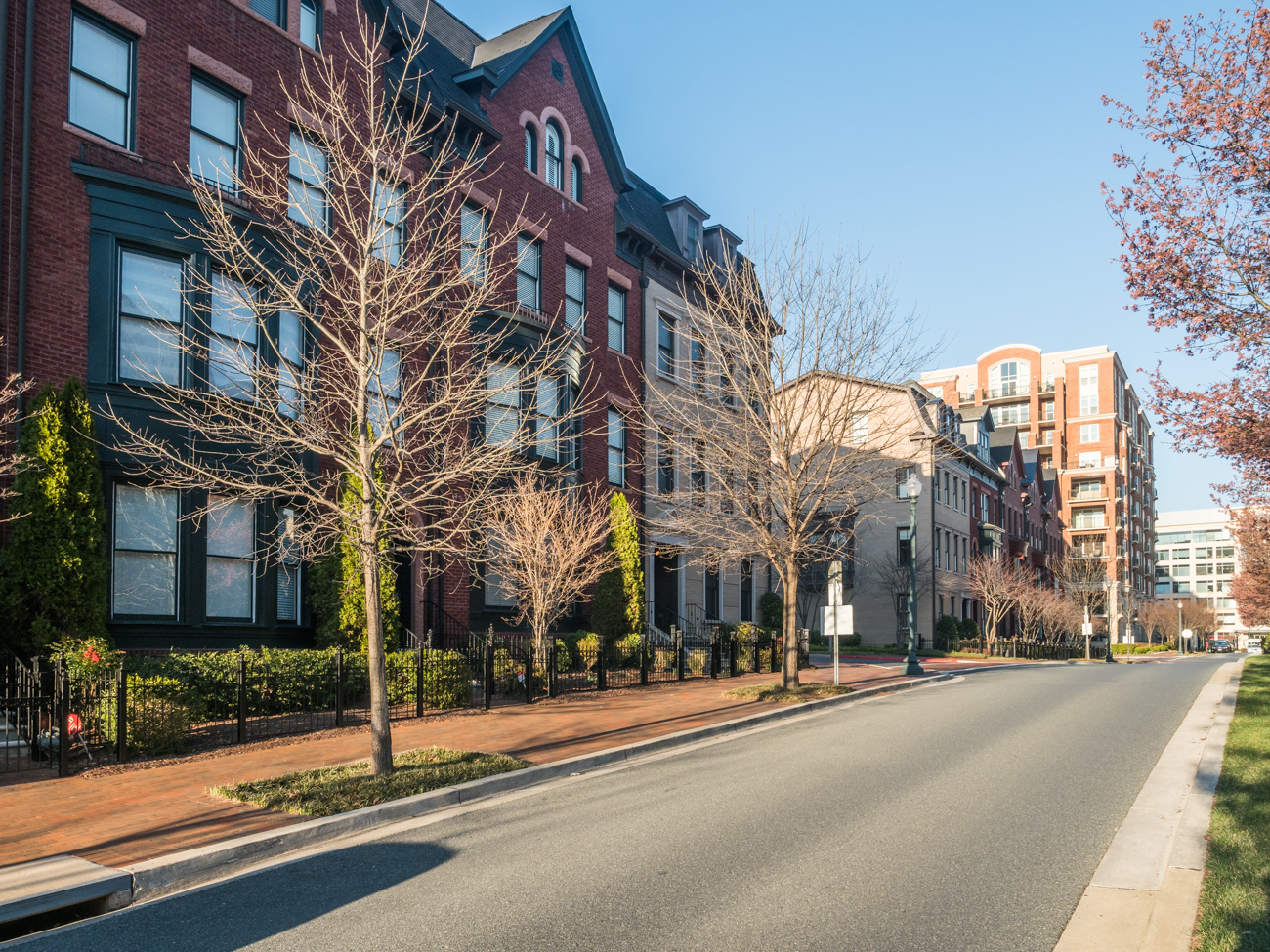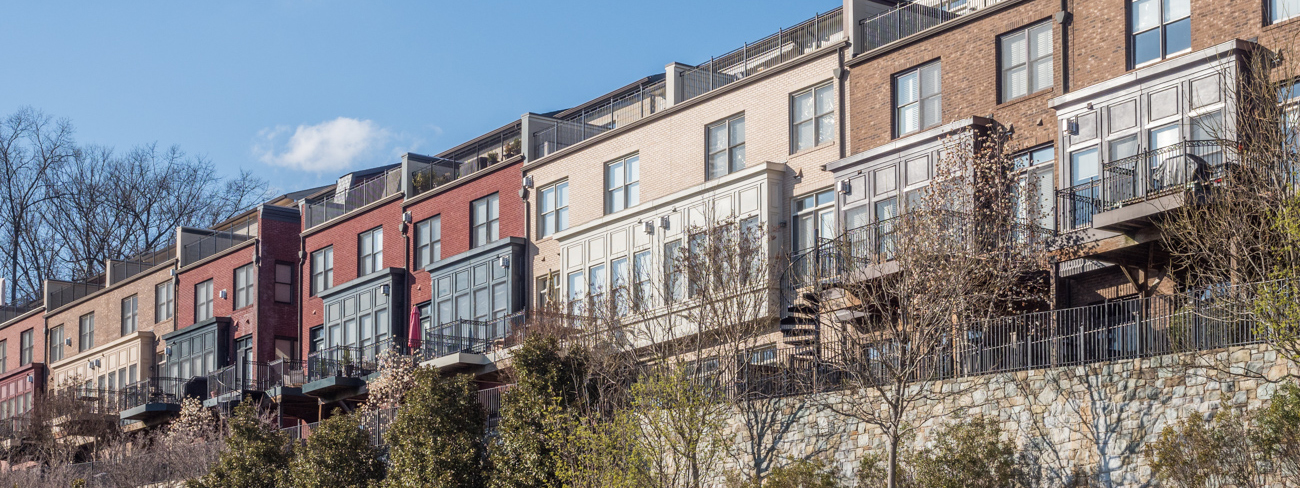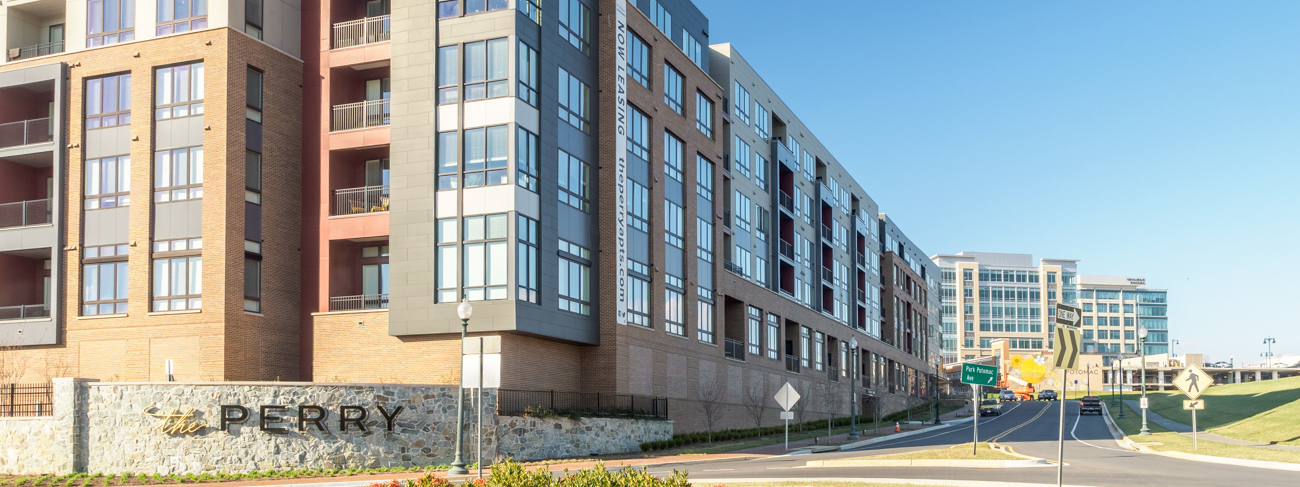Montgomery Planning is committed to supporting the development of various housing types to meet the needs of our growing and increasingly diverse population. Through the master planning process, we assess housing needs in small areas and outline strategies to guide where and how development or redevelopment could occur, supported by infrastructure.
Affordable housing components in development projects are reviewed to ensure they meet regulatory requirements and are considered as a potential public benefit during the development review process. The Planning Department also conducts large scale research studies to inform countywide policies related to housing and land use. Recent studies undertaken by our staff analyze data and recommended policies about the rental housing market, including moderately priced dwelling units (MPDUs), senior housing, and attainable housing solutions.
Housing at a glance
Explore

Affordable housing programs and tools



